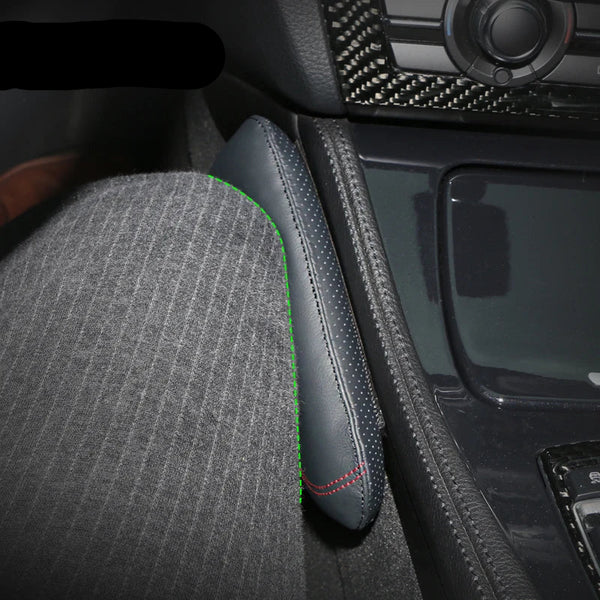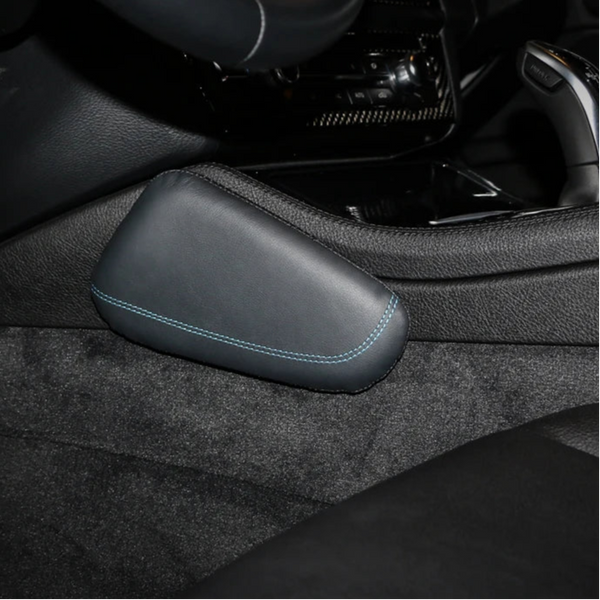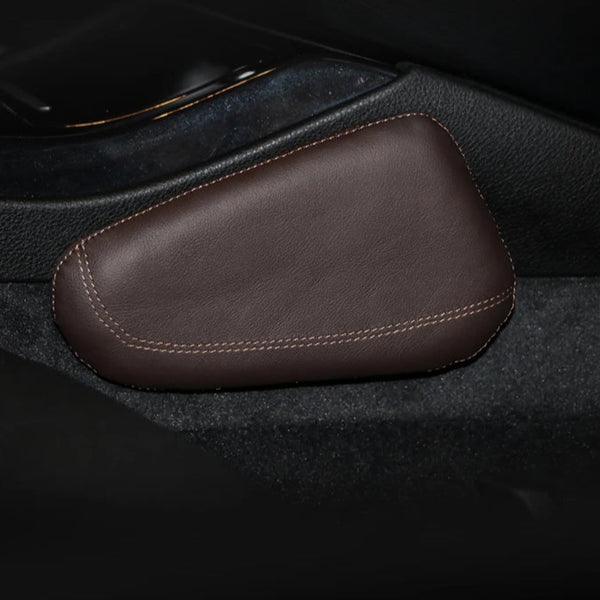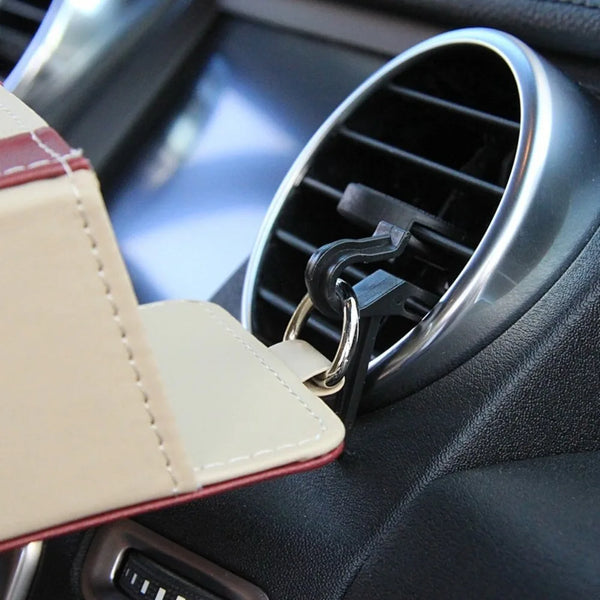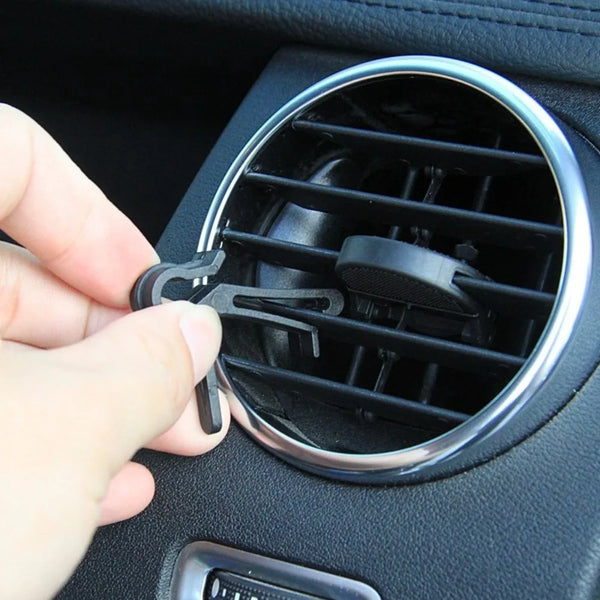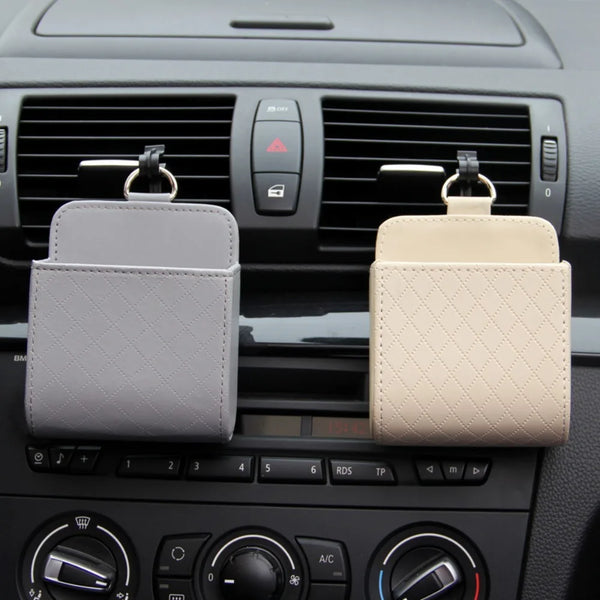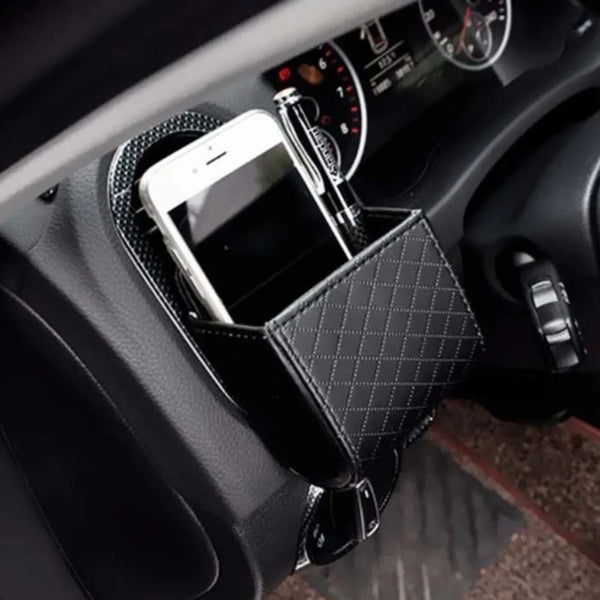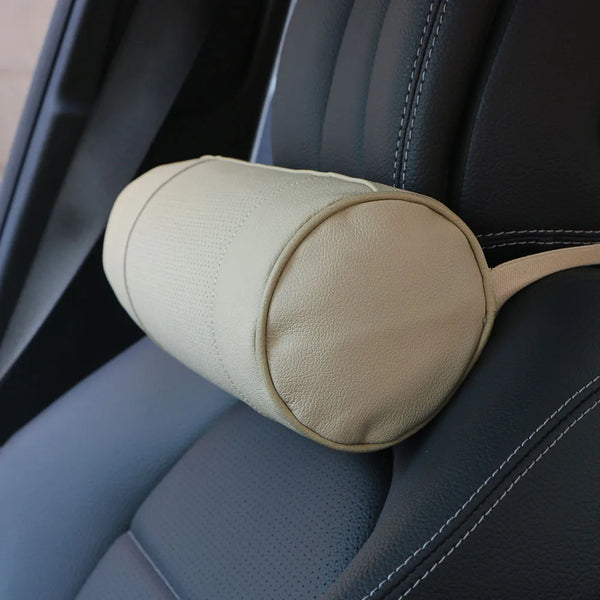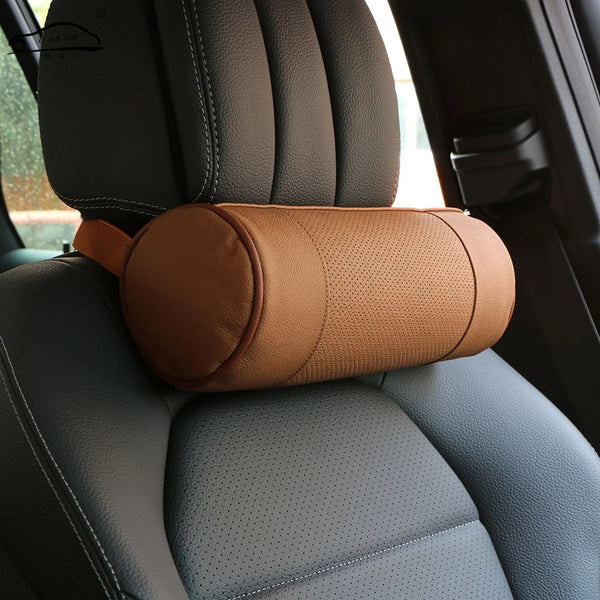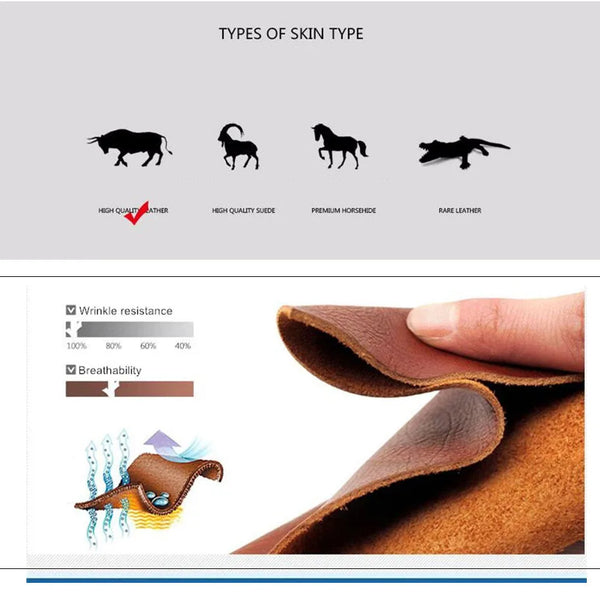A Quick Guide for Everyday Drivers — With Two Costly Lessons You’ll Never Forget
Whether you’re driving your own car, borrowing a friend’s, or managing a fleet, one of the most important things to know is: what kind of fuel does this vehicle take? Putting the wrong fuel in your tank can cause serious damage — and a repair bill that’ll make your wallet cry.
This guide breaks down the easiest ways to tell if your car uses diesel or gasoline, plus two real-world stories that show why it matters — one from Philly, and one from Brooklyn, where a simple mistake turned into a multi-thousand-dollar repair.
🏙️ Philadelphia Story: The Borrowed Truck Breakdown
A college student in Philly borrowed his uncle’s pickup truck to help a friend move. He filled it with regular unleaded gas, not realizing it was a diesel engine. The result? Engine failure, a $6,000 repair, and a very awkward phone call. One quick check could’ve saved the day — and the relationship.
🛑 Brooklyn Story: When Diesel Goes Into a Gasoline Car
A guy I know in Brooklyn was driving his girlfriend’s 2010 Toyota Camry — a standard gas-powered sedan. He pulled into a station late at night, tired from work, and accidentally grabbed the green diesel nozzle. It fit (barely), and he filled the tank without realizing the mistake.
He drove a few blocks before the car started sputtering. Then it stalled. He had it towed to a mechanic, who flushed the fuel system, but the damage was done. One cylinder had lost compression, and the engine wouldn’t restart. The final verdict?
• Fuel system flush
• Compression test
• Cylinder damage
• Engine replacement recommended
Total cost: $5,800.
All because he didn’t double-check the pump — and assumed diesel was “just another premium option.”
🔍 5 Easy Ways to Know What Fuel Your Car Takes
1. Check the Fuel Cap Label
Open the fuel door and look for a sticker. If it says “Diesel Fuel Only,” you’re good to go with diesel. If it says “Unleaded Fuel Only,” it’s a gasoline engine.
2. Read the Owner’s Manual
Flip to the “Fuel Requirements” section. It’ll tell you exactly what type of fuel the manufacturer recommends — and what to avoid.
3. Look at the Dashboard or Fuel Gauge
Some vehicles display fuel type near the gauge or on startup. Diesel vehicles may also show DEF (Diesel Exhaust Fluid) levels.
4. Listen to the Engine
Diesel engines tend to sound louder and more “clattery” than gasoline engines, especially at idle. They also rev lower and produce more torque.
5. Check the Model Badge or Name
Some manufacturers include “TDI,” “Diesel,” or “EcoDiesel” in the model name or rear badge. Gasoline cars might say “Petrol” or “Unleaded.”
🎥 Video I Recommend
If you’re more of a visual learner, here’s a short video that breaks it down:
👉 Does My Truck Take Gas or Diesel? – What The Truck https://www.youtube.com/watch?v=g1QiNMbXyfk
Note: I have no connection to this creator or channel — I just enjoyed the content and thought it was worth sharing.
🛒 Want to Fuel Smarter?
Whether you need fuel system cleaners, engine protection kits, or just want to stock up on car care essentials, RideWithChuck has the gear to keep your vehicle running right.
👉 Visit RideWithChuck.com to shop smart tools for smarter driving.
📚 Sources
• CarsBibles – How to Tell If a Car Is Gas or Diesel
• SlashGear – Diesel vs. Gasoline: How to Tell the Two Fuels Apart
• Car From Japan – 5 Easy Ways to Identify Fuel Type
• Jalopnik – What Happens When You Put Diesel in a Gas Car A





